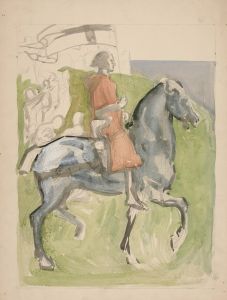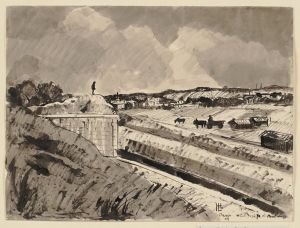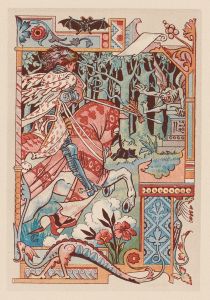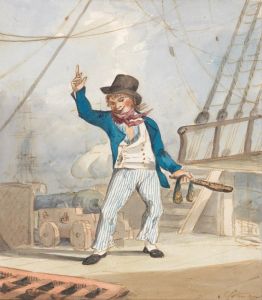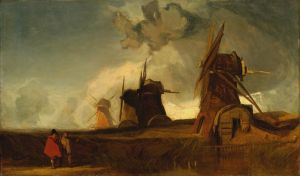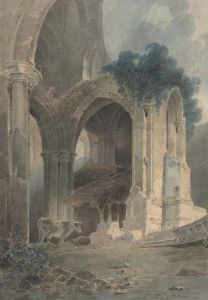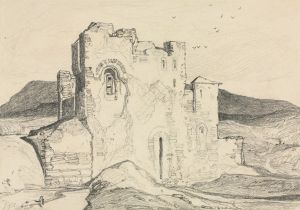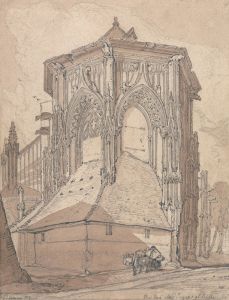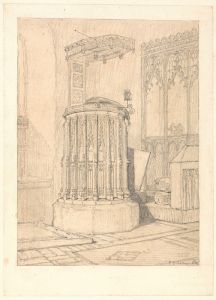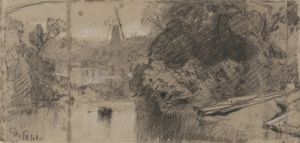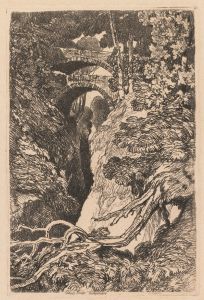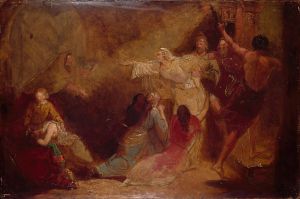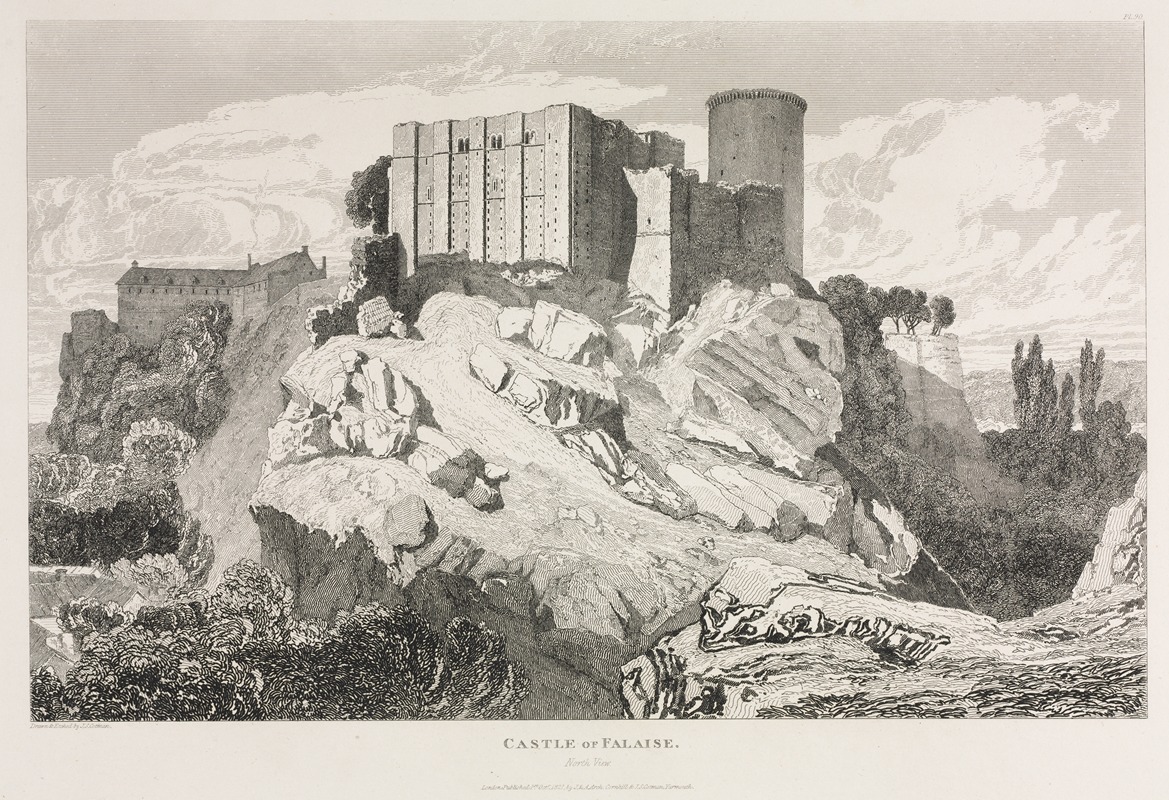
Castle of Falaise
A hand-painted replica of John Sell Cotman’s masterpiece Castle of Falaise, meticulously crafted by professional artists to capture the true essence of the original. Each piece is created with museum-quality canvas and rare mineral pigments, carefully painted by experienced artists with delicate brushstrokes and rich, layered colors to perfectly recreate the texture of the original artwork. Unlike machine-printed reproductions, this hand-painted version brings the painting to life, infused with the artist’s emotions and skill in every stroke. Whether for personal collection or home decoration, it instantly elevates the artistic atmosphere of any space.
John Sell Cotman was an influential English painter and printmaker, known for his contributions to the Romantic movement and his mastery in watercolour landscapes. One of his notable works is "Castle of Falaise," which exemplifies his skill in capturing architectural subjects with a sense of atmosphere and historical depth.
The "Castle of Falaise" painting depicts the medieval fortress located in the town of Falaise, in the Normandy region of France. This castle is historically significant as it was the birthplace of William the Conqueror, the first Norman King of England. The castle itself dates back to the 12th century and has been a site of considerable historical interest due to its architectural features and its role in the Norman Conquest of England.
Cotman visited Normandy in the early 19th century, a period during which he was deeply inspired by the region's rich history and architecture. His travels in Normandy were part of a broader trend among British artists of the time, who were drawn to the picturesque and historically resonant landscapes of continental Europe. Cotman's work during this period is characterized by a meticulous attention to detail and a keen interest in the interplay of light and shadow, which he used to bring out the textures and forms of the ancient structures he depicted.
In "Castle of Falaise," Cotman employs his characteristic style, using watercolours to create a scene that is both detailed and atmospheric. The painting captures the imposing structure of the castle, with its robust stone walls and towers, set against the backdrop of the surrounding landscape. Cotman's use of colour and light imbues the scene with a sense of timelessness, highlighting the enduring presence of the castle through the ages.
The composition of the painting reflects Cotman's interest in the architectural form and his ability to convey the grandeur and solidity of the castle. His technique involves a delicate balance between precise line work and the fluid application of watercolour washes, which allows him to capture both the intricate details of the stonework and the broader, more ethereal qualities of the scene.
Cotman's work, including "Castle of Falaise," has been celebrated for its contribution to the Romantic movement in art, which emphasized emotion, nature, and the sublime. His paintings often evoke a sense of nostalgia and reverence for the past, qualities that are evident in his depiction of the historic castle.
Today, John Sell Cotman is regarded as one of the leading figures of the Norwich School of painters, a group known for their innovative approaches to landscape painting. His works, including "Castle of Falaise," continue to be studied and admired for their technical excellence and their ability to convey the beauty and historical significance of their subjects.





